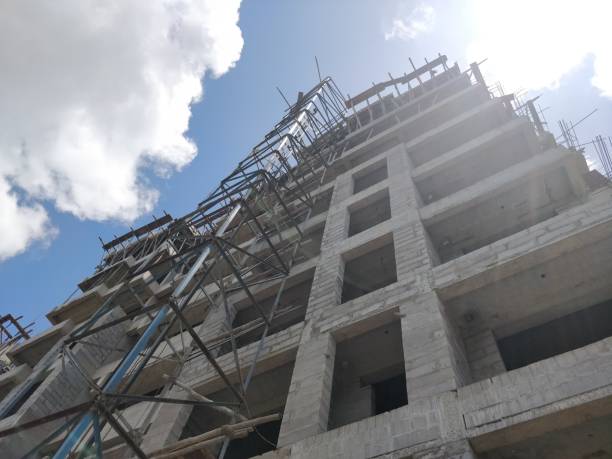
BMC invites suggestions from citizens to resolve PAP units issue

Bondada Engineering Posts 153 per cent Revenue Growth
Bondada Engineering (BEL), a leading solar EPC and infrastructure company, announced strong financial results for the half-year ending September 30, 2025. The company achieved a 153 per cent increase in consolidated revenue and a 151 per cent rise in profit after tax (PAT) compared to the previous period. Consolidated revenue reached Rs 12.16 billion, with an EBITDA of Rs 1.43 billion and PAT of Rs 925 million. The company’s order book stood at Rs 59.9 billion, ensuring continued growth momentum. The Renewable Energy segment contributed 78% (Rs 9.5 billion) to total revenue, followed by T..

Culture Circle Unveils Insta Ship for India’s Fastest 24-Hour Delivery
Culture Circle, India’s leading hype and luxury fashion app, has unveiled Insta Ship, a groundbreaking 24-hour delivery feature that allows customers to receive their favourite fashion items within a day of placing an order. This marks India’s first-ever 24-hour delivery initiative in the luxury and hype fashion space, setting new standards for speed and customer experience. Insta Ship provides access to a wide range of premium brands such as Nike, Adidas, Yeezy, Jordan, Louis Vuitton, Balenciaga, Dior, and more, allowing fashion-forward consumers to enjoy their exclusive pieces faster th..

Blue Dart Reports Rs 795 mn Profit in Q2FY26 Results
Blue Dart Express has announced its financial results for Q2FY26, posting a profit after tax of Rs 795 million for the quarter ending September 30, 2025. The company’s revenue from operations stood at Rs 15.49 billion. The company continues to strengthen its infrastructure with strategic investments in ground hubs and automation, boosting network scalability, speed, and accuracy. Balfour Manuel, Managing Director, commented, “Our performance highlights the resilience of our business model. We remain optimistic about growth opportunities in India’s logistics sector, supported by rising ..
















